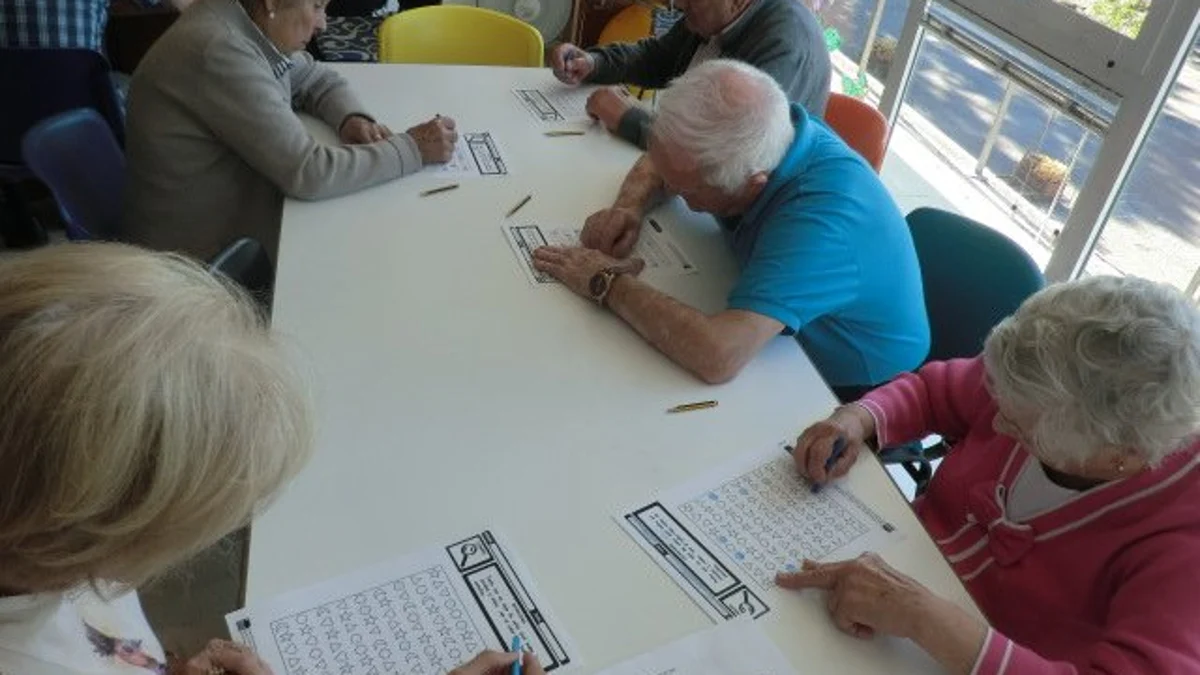
When we think of neurodegenerative diseases, most of us think of Alzheimer’s disease or Parkinson’s disease. Closely related but much less known is Lewy body dementia, which is a brain disorder that can cause problems with thinking, movement, behavior, and mood.
The problem is that They all share clinical characteristics, which sometimes make their identification difficult, and associated biological elements. with neuronal damage and death, such as amyloid plaques (Alzheimer’s disease) and Lewy bodies and neurites (Parkinson’s disease). However, these are different pathologies, and therefore require different clinical management as well as a precise diagnosis.
This disease, in which brain function deteriorates due to the alteration and subsequent death of neurons, is the second leading cause of dementia and cognitive impairment, behind Alzheimer’s disease. Despite this, and affect 2 in 10 to 15 patients suffering from cognitive disorders, is, as we have said, little known, and its manifestations are very variable, ranging from an isolated loss of memory or mental agility, to alterations in mobility, balance, sleep or hallucinations, which can be combined in different ways. Its evolution also varies greatly from one patient to another.
“It is important understand what differentiates them at the biological level in order to design strategies that improve their early and correct identification and move towards a specific and effective treatment for all three,” explains Estrella Morenas Rodríguez, researcher at the Research Institute of Hospital 12 de Octubre and neurologist at the Cognitive Disorders Unit.
A simple blood sample
This is why Hospital 12 de Octubre is recruiting patients diagnosed with Lewy body dementia in order to advance the diagnosis and treatment of this disease. He The main objective of the study is to verify the effects of microglia activation on this disease. (which are immune cells of the brain playing an important role in the development of neurodegenerative diseases), linked to the slowing down of Alzheimer’s disease.
To achieve these objectives, they will rely on the study of different parameters that can be determined in blood, cerebrospinal fluid (the fluid that surrounds the brain and spinal cord), saliva or skin, called biomarkers, as well as clinical data. These samples will be collected from patients who voluntarily wish to participate. They expect to see around 150 patients.
Greater activation of these cells thanks to the TREM2 protein has been linked to slowing the progression of Alzheimer’s diseasebeing one of the most important therapeutic alternatives currently studied for this disease.
Thus, they seek to “study the importance of activation of these cells in dementia with Lewy bodies compared to Alzheimer’s and Parkinson’s diseases. The results we obtain will help us know whether microglia activation could also be a useful treatment in dementia with Lewy bodies and Parkinson’s disease,” as the expert who leads this work points out. Comparative study of the three diseases, this work will contribute to a better understanding of each of them. focused on better and earlier diagnosis.

